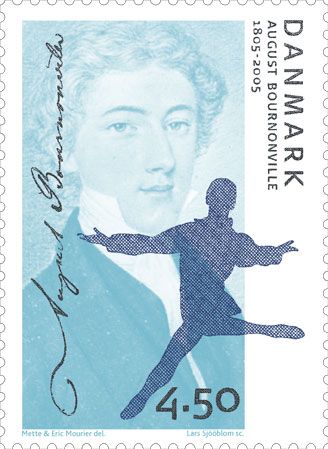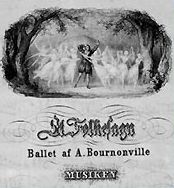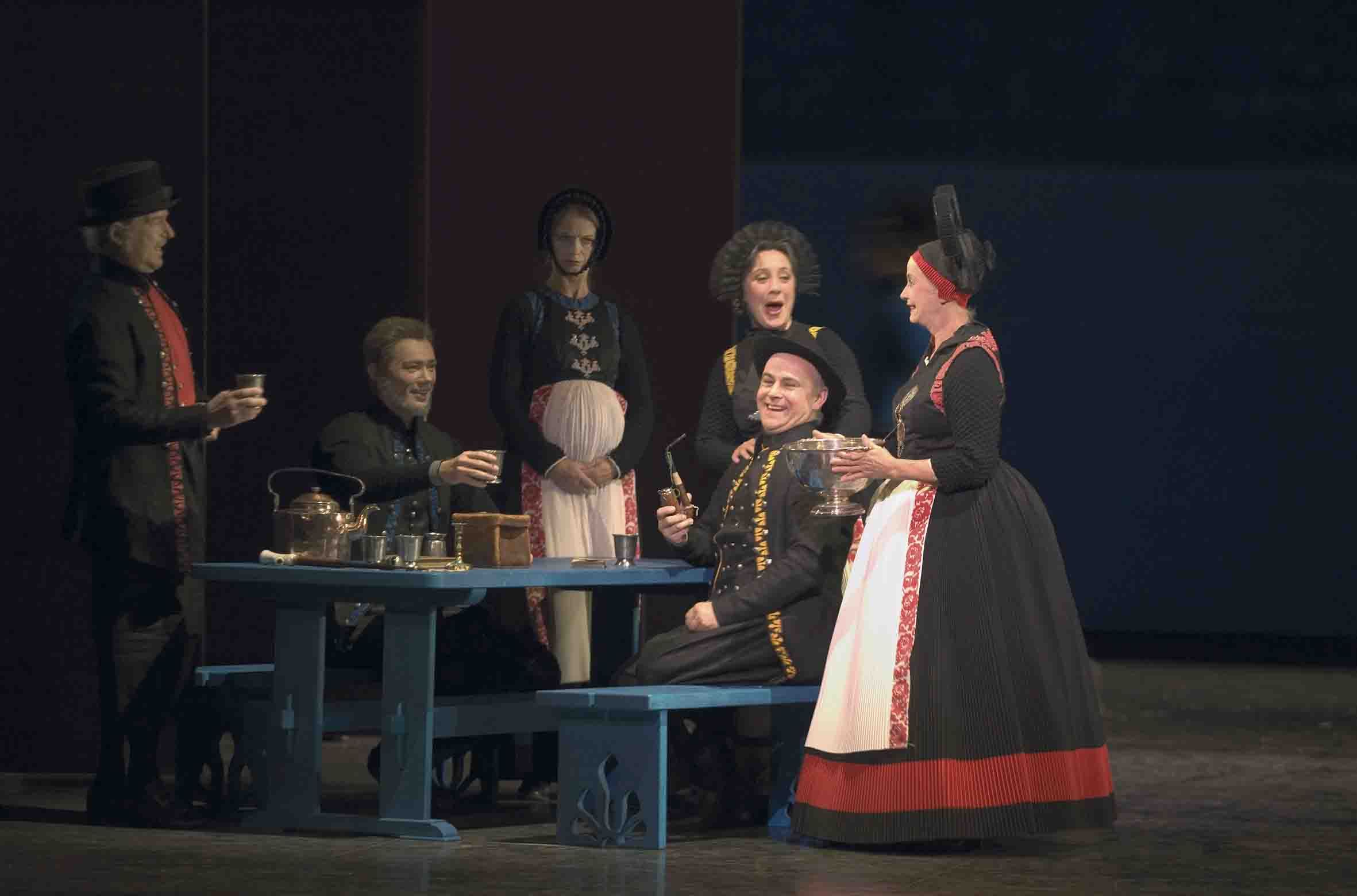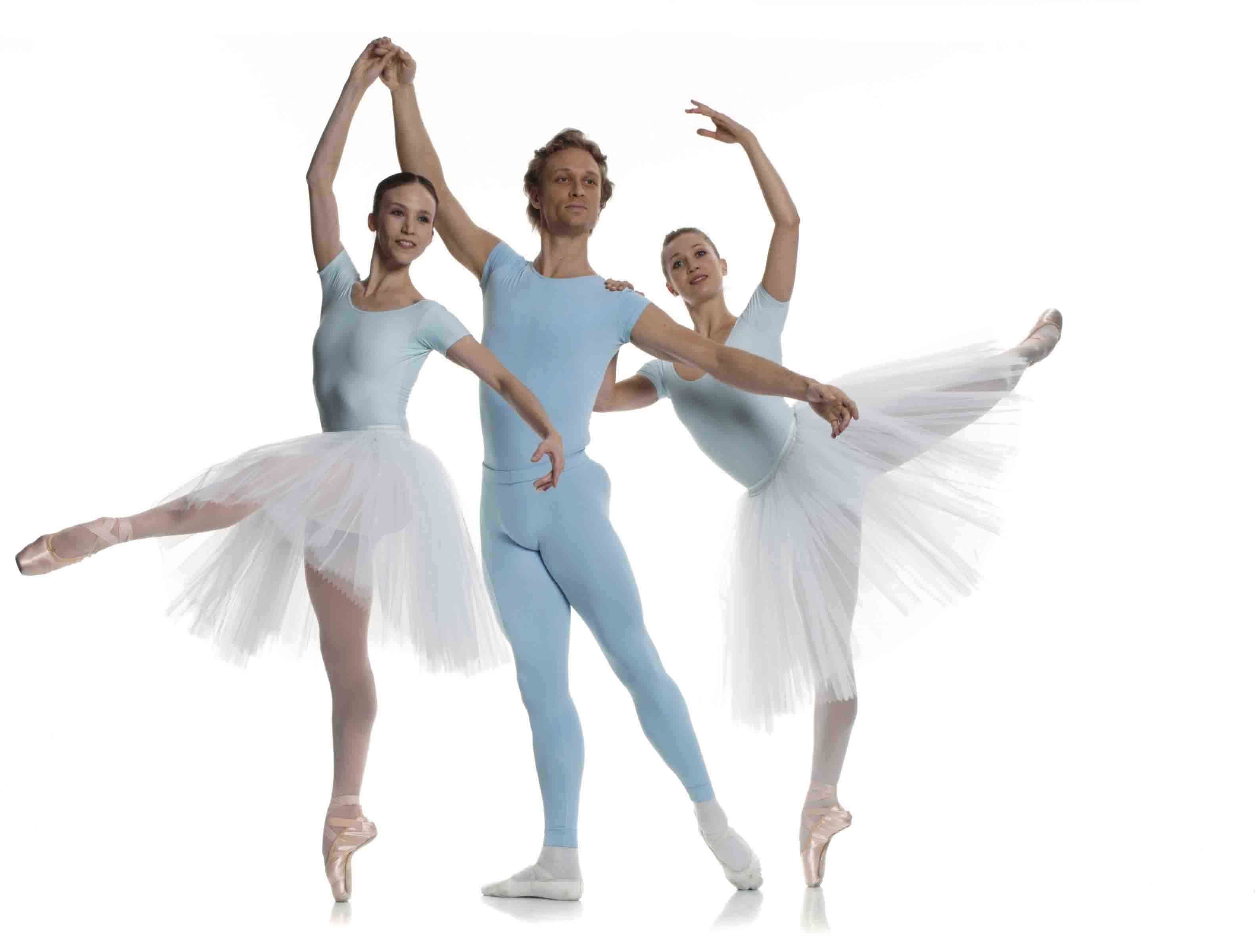From June 3 – 11, 2005, at Copenhagen’s Royal Theatre, the Royal Danish Ballet celebrated the 200th anniversary of the birth of August Bournonville, the dancer, choreographer, and ballet master who made the company unique and gave it its international cachet. In a SEEING THINGS series called “Total Immersion,” I wrote 15 essays about the performances, which encompassed the entire extant Bournonville repertory, and about the many complementary events that were scheduled. As an introduction to the subject, I posted my essay on the first Bournonville Festival, published in Dance magazine in 1980.
Here is a list of these pieces, giving the specific subject of each and the direct link to it:
“The Festival in Copenhagen,” TT’s Dance magazine essay on the 1st Bournonville Festival in 1979
http://www.artsjournal.com/tobias/archives/2005/05/the_bournonvill.shtml
NO. 1 (Introduction; Kermesse in Bruges) http://www.artsjournal.com/tobias/archives/2005/06/total_immersion_12.shtml
NO. 2 (Exhibition of costumes for the Bournonville ballets at the National Museum)
http://www.artsjournal.com/tobias/archives/2005/06/total_immersion_11.shtml
NO. 3 (Napoli)
http://www.artsjournal.com/tobias/archives/2005/06/total_immersion_10.shtml
NO. 4 (La Sylphide; La Ventana)
http://www.artsjournal.com/tobias/archives/2005/06/total_immersion_9.shtml
Related material:
Link to TT’s SEEING THINGS review of the premiere in 2003 of the Nikolaj Hübbe production of La Sylphide:
http://www.artsjournal.com/tobias/archives/2003/09/the_danes_at_ho.shtml
NO. 5 (Three exhibitions, curated by Knud Arne Jürgensen, on Bournonville and Hans Christian Andersen)
http://www.artsjournal.com/tobias/archives/2005/06/total_immersion_8.shtml
Related material:
Link to the online version of Digterens Teaterdromme (The Poet’s Theatre Dreams), curated by Knud Arne Jürgensen:
http://www.kb.dk/elib/mss/hcateater/
Link to an English translation of Hans Christian Andersen’s The Ice Maiden:
http://www.andersen.sdu.dk/vaerk/hersholt/TheIceMaiden_e.html
Link to an English translation of Hans Christian Andersen’s The Snow Queen:
http://www.andersen.sdu.dk/vaerk/hersholt/TheSnowQueen_e.html
NO. 6 (Abdallah)
http://www.artsjournal.com/tobias/archives/2005/06/total_immersion_7.shtml
NO. 7 (Far from Denmark)
http://www.artsjournal.com/tobias/archives/2005/06/total_immersion_6.shtml
NO. 8 (The Bournonville Schools)
http://www.artsjournal.com/tobias/archives/2005/06/total_immersion_5.shtml
Related material:
Link to TT’s SEEING THINGS essay, “Ballet Boyz, Danish Style”:
http://www.artsjournal.com/tobias/archives/2004/01/ballet_boyz_dan.shtml
NO. 9 (Konservatoriet)
http://www.artsjournal.com/tobias/archives/2005/06/total_immersion_4.shtml
NO. 10 (Exhibition of photographs of the Royal Danish Ballet down the decades)
http://www.artsjournal.com/tobias/archives/2005/06/total_immersion_3.shtml
NO. 11 (The King’s Volunteers on Amager)
http://www.artsjournal.com/tobias/archives/2005/06/total_immersion_2.shtml
NO. 12 (A Folk Tale)
http://www.artsjournal.com/tobias/archives/2005/06/total_immersion_1.shtml
Related material:
Link to TT’s Dance Insider essay on A Folk Tale:
http://www.danceinsider.com/vignettes/v0926.html
NO. 13 (“Bournonvilleana”—the gala closing performance of the Royal Danish Ballet’s 3rd Bournonville Festival)
http://www.artsjournal.com/tobias1/archives/2005/06/total_immersion.shtml
NO. 14 (Miscellany)
http://www.artsjournal.com/tobias/archives/2005/06/total_immersion_14.shtml
NO. 15 (Operan—the Royal Theatre’s new house for opera and ballet)
http://www.artsjournal.com/tobias/archives/2005/06/total_immersion_13.shtml





 After reveling in the extravagant light and space of the public areas, you’re shocked by the enclosed darkness of the auditorium. The contrast constitutes a theatrical coup in itself. The interior is paneled with a Japanese-style arrangement of slatted wood in two tones of brown—deep and deeper. The wood is pierced with little lights so that, once seated, you can actually read your program, but the room as a whole, with its balconies seeming to embrace the stage as you look towards it, instills a feeling of intimacy. In this it declares its cousinship with the Royal Theatre’s Old Stage.
After reveling in the extravagant light and space of the public areas, you’re shocked by the enclosed darkness of the auditorium. The contrast constitutes a theatrical coup in itself. The interior is paneled with a Japanese-style arrangement of slatted wood in two tones of brown—deep and deeper. The wood is pierced with little lights so that, once seated, you can actually read your program, but the room as a whole, with its balconies seeming to embrace the stage as you look towards it, instills a feeling of intimacy. In this it declares its cousinship with the Royal Theatre’s Old Stage.



 Two of the most striking images in the display record a pair of haunting embraces from La Sylphide. One, from the 1966-67 season, shows the consummate danseur noble Henning Kronstam cradling the head of the dying Sylphide (Anna Lærkesen) as she falls back in his arms. His face is a mask of sheer poetry, summing up love, longing, and loss in a single sublime moment. In the other, from the 1979-80 season, Sorella Englund, as Madge, embraces Arne Villumsen’s half-fainting James from behind, inserting her face, all grinning malevolence, next to his as if she were some terrible twin to the beautiful man whose ruin she has helped Fate execute. Viewers may notice that both Kronstam’s and Englund’s hands echo what their faces express. This congruity—half instinctive, half consciously honed—is something to look for in a performing artist likely to go down in the history books.
Two of the most striking images in the display record a pair of haunting embraces from La Sylphide. One, from the 1966-67 season, shows the consummate danseur noble Henning Kronstam cradling the head of the dying Sylphide (Anna Lærkesen) as she falls back in his arms. His face is a mask of sheer poetry, summing up love, longing, and loss in a single sublime moment. In the other, from the 1979-80 season, Sorella Englund, as Madge, embraces Arne Villumsen’s half-fainting James from behind, inserting her face, all grinning malevolence, next to his as if she were some terrible twin to the beautiful man whose ruin she has helped Fate execute. Viewers may notice that both Kronstam’s and Englund’s hands echo what their faces express. This congruity—half instinctive, half consciously honed—is something to look for in a performing artist likely to go down in the history books.

